Massage as a Preventive Wellness Tool
August 5, 2025
7 min

The Essential Role of Massage in Preventive Healthcare
Massage therapy is increasingly recognized as a vital component of preventive health and wellness strategies. More than a luxury or simple relaxation technique, massage plays a crucial role in promoting mental and physical health, preventing injuries, and enhancing overall resilience. This article explores how various massage therapies contribute to disease prevention, stress reduction, immune support, and the integration of massage into holistic wellness programs, guided by current research and clinical practice insights.
Physical and Mental Health Benefits of Preventive Massage

What are the benefits of massage therapy as a preventive health tool?
Massage therapy provides a range of advantages that support long-term health and wellness. It helps reduce stress and anxiety levels, which often contribute to physical symptoms such as migraines, digestive problems, and muscle tension. Regular massage can also improve tissue health, increase flexibility, and correct muscle imbalances, all of which are essential in preventing strains, injuries, and overuse syndromes.
Beyond musculoskeletal benefits, massage strengthens the immune system by stimulating lymphatic flow and increasing the activity of immune cells like natural killer cells. It lowers cortisol—the stress hormone—leading to a calmer nervous system and better overall resilience.
Massage therapy also enhances sleep quality, lowers blood pressure, and reduces pain and inflammation. It can alleviate symptoms of depression and stress-related conditions, promoting mental clarity and emotional balance. Incorporating massage into your routine healthcare regime can help stave off potential health issues, supporting a healthier and more resilient body over time.
In summary, massage therapy acts as a proactive approach to health, helping prevent common ailments while improving physical, mental, and emotional well-being.
| Benefit | Effect | Additional Details |
|---|---|---|
| Stress reduction | Lowers cortisol, enhances relaxation | Promotes parasympathetic nervous system activation |
| Injury prevention | Improves tissue elasticity, range of motion | Reduces muscle tension and imbalances |
| Immune system boost | Increases lymphocyte activity | Enhances natural defense mechanisms |
| Better sleep | Improves sleep quality and duration | Regulates serotonin and dopamine levels |
| Pain management | Alleviates muscle knots, reduces inflammation | Short-term and long-term relief |
| Mental health | Decreases anxiety and depression | Boosts neurotransmitters related to mood |
Regular massage is an effective, safe, and versatile tool for maintaining health. Its ability to address multiple health factors makes it an ideal addition to preventive care strategies, fostering overall wellness and resilience.
Massage Therapy’s Role in Stress Reduction and Burnout Prevention

How does massage therapy contribute to reducing stress and preventing burnout?
Massage therapy plays a significant role in managing stress and preventing burnout through various physiological and psychological mechanisms. When receiving massage, the body's relaxation response is activated, which helps decrease muscle tension and promote a sense of calm. This relaxation helps lower cortisol levels, a primary hormone involved in stress responses. Reduced cortisol not only diminishes feelings of anxiety but also aids in emotional regulation.
Furthermore, massage stimulates the release of mood-enhancing hormones such as serotonin, dopamine, and endorphins. These chemicals are essential in improving mood, increasing feelings of well-being, and promoting mental clarity. The calming effects of massage also improve sleep quality by soothing the nervous system, allowing for better rest and recovery.
In addition to immediate relief, regular massage sessions help build resilience against stressors, reducing the intensity and frequency of stress-related symptoms like headaches, muscle fatigue, and digestive troubles. This holistic approach strengthens both physical and mental health, counteracting the effects of chronic stress and promoting sustained well-being.
Studies show that through these effects, massage therapy effectively combats burnout, enhances emotional resilience, and supports long-term health by fostering a state of relaxation and balance. Overall, massage therapy is a valuable tool for those seeking to reduce stress, improve mental clarity, and prevent exhaustion caused by high-stress lifestyles.
Physiological Mechanisms Underpinning Preventive Massage Therapy

What are the physiological mechanisms through which massage supports health preservation?
Massage therapy promotes overall health by activating several biological processes. One primary mechanism is its effect on the circulatory and lymphatic systems. By increasing blood flow and stimulating lymphatic drainage, massage ensures that vital nutrients are delivered efficiently to tissues while metabolic waste products are removed, facilitating faster recovery and tissue repair.
The nervous system modulation is another critical aspect. Massage influences neural excitability, enhances parasympathetic nervous activity, and decreases sympathetic responses, leading to relaxation and stress reduction. This neural shift reduces cortisol levels, the hormone associated with stress, and promotes the release of mood-lifting neurotransmitters such as dopamine and serotonin.
Hormonal changes induced by massage include elevated levels of endorphins and serotonin, which help alleviate pain and improve emotional well-being. These hormonal shifts support a balanced mood and better sleep quality, vital factors in maintaining long-term health.
Inflammation reduction is also facilitated through massage. Mechanical pressure reduces cytokine activity—proteins involved in systemic inflammation—thus potentially decreasing the risk of chronic illnesses like cardiovascular disease and certain cancers.
In addition, massage improves the function and mobility of muscles and joints. It relieves muscle tension, reduces stiffness, and increases flexibility by loosening tight tissues and breaking down adhesions. These effects decrease injury risk and support structural alignment.
Finally, massage therapy actively boosts the immune system. By stimulating lymphatic flow and increasing immune cell activity, such as lymphocytes and natural killer cells, massage helps the body defend against infections and disease.
| System Affected | Effect | Outcome |
|---|---|---|
| Circulatory & Lymphatic | Increased blood flow & drainage | Faster healing, improved immunity |
| Nervous System | Activated parasympathetic response | Stress reduction, relaxation |
| Hormonal | Release of endorphins, serotonin, dopamine | Mood enhancement, pain relief |
| Inflammation | Cytokine modulation | Decreased systemic inflammation |
| Musculoskeletal | Muscular tension relief & increased flexibility | Injury prevention & mobility |
| Immune System | Activation of lymphocytes & NK cells | Better disease resistance |
In sum, massage therapy supports health preservation by enhancing circulation, modulating neural and hormonal responses, reducing inflammation, and strengthening immune function. These interconnected effects promote a resilient, well-balanced body capable of long-term health maintenance.
Integrating Massage into Wellness and Healthcare Programs
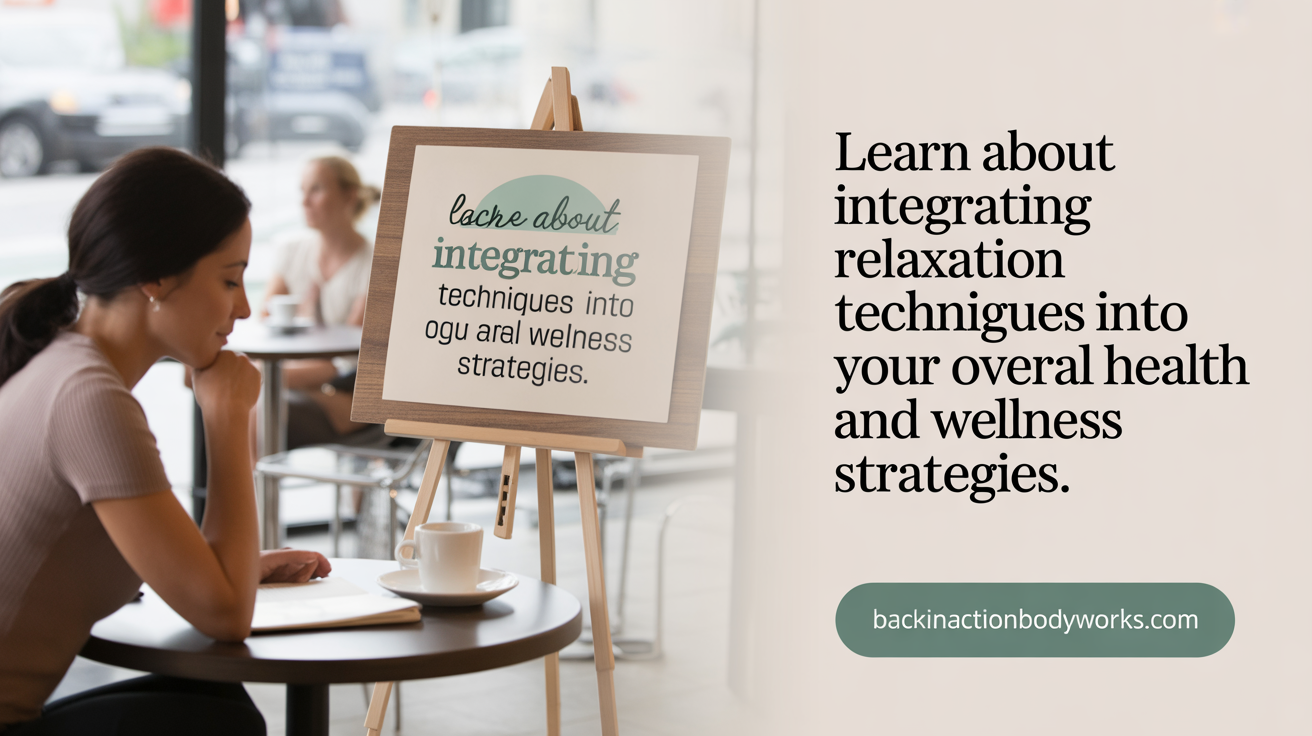
Is massage therapy considered an integral part of wellness programs?
Yes, massage therapy is widely regarded as a vital element of wellness initiatives. In workplace settings, it effectively alleviates stress, reduces muscle tension, and promotes relaxation. These benefits extend beyond immediate relief, contributing to long-term improvements such as decreased injury rates and higher employee morale.
Incorporating massage into wellness strategies helps foster physical and mental health, which can translate into increased productivity and lower absenteeism. Many organizations include chair massages and tabletop sessions, customizing offerings to meet diverse employee needs. This versatility makes massage a valued component of holistic health programs, emphasizing preventative care and overall well-being rather than luxury or indulgence.
Overall, the role of massage therapy in wellness programs has evolved, solidifying its place as a practical tool for supporting physical health, mental balance, and emotional resilience.
Selecting Suitable Massage Techniques for Preventive Care
 Massage therapy encompasses a variety of techniques tailored to promote health, prevent illness, and enhance overall well-being. Different types of massage target specific needs, from relaxation to injury prevention.
Massage therapy encompasses a variety of techniques tailored to promote health, prevent illness, and enhance overall well-being. Different types of massage target specific needs, from relaxation to injury prevention.
For general health maintenance, relaxing modalities such as Swedish massage, aromatherapy massage, and reflexology are effective in reducing stress, improving mood, and boosting immune function. These techniques foster a calming effect on the nervous system, helping lower cortisol levels while increasing serotonin and dopamine, which are essential for emotional balance.
To prevent musculoskeletal issues and support muscle health, more targeted approaches like sports massage, deep tissue massage, trigger point therapy, and myofascial release are used. They help alleviate muscle tension, improve flexibility, and reduce the risk of strains or repetitive injuries. These styles involve manipulations that lengthen and relax tissues, promoting better posture and joint mobility.
Specialized massage techniques such as lymphatic drainage and craniosacral therapy enhance circulation, facilitate waste removal, and manage stress-related symptoms. These methods contribute to overall health maintenance by supporting immune function and reducing inflammation.
Prenatal massage offers relief from common discomforts during pregnancy, such as back pain and tension, promoting comfort and relaxation for expectant mothers. It’s tailored to support hormonal changes and physical shifts during pregnancy.
Selecting the appropriate massage type depends on individual health goals, preferences, and specific conditions. A personalized approach ensures maximum benefits whether for routine wellness, injury prevention, or managing chronic ailments.
| Massage Type | Purpose | Benefits | Suitable For |
|---|---|---|---|
| Swedish | Relaxation and stress relief | Improved circulation, reduced anxiety | General wellness |
| Deep tissue | Chronic pain, muscle knots | Alleviates tension, enhances flexibility | Athletes, injury prevention |
| Sports | Performance and injury rehab | Prevents injuries, speeds recovery | Athletes, active individuals |
| Prenatal | Pregnancy discomfort | Relief from back pain, tension | Expectant mothers |
| Lymphatic drainage | Detoxification, circulation | Reduces swelling, promotes immune health | Post-surgical, sensitive clients |
| Aromatherapy | Stress reduction | Emotional balance, mood uplift | Sensitive or emotionally stressed clients |
Overall, incorporating a variety of massage techniques into a wellness routine can significantly contribute to long-term health, prevent injuries, and promote a balanced mind and body.
The Future of Massage Therapy in Preventive Wellness
Massage therapy stands as a powerful preventive wellness tool with multifaceted benefits encompassing physical, mental, and emotional health. By reducing stress, enhancing immune function, preventing injury, and improving quality of life, regular massage supports a proactive approach to health maintenance. Although more rigorous research is needed to fully clarify its preventive impact, current evidence and clinical experience affirm massage therapy’s growing importance in integrative healthcare and wellness programs. As practitioners expand their health promotion roles and massage techniques continue to evolve, integrating massage into everyday preventive care offers promising prospects for a healthier society.
References
- Benefits of massage therapy - Mayo Clinic Health System
- Massage Therapy: What You Need To Know | NCCIH
- Massage Therapy as Part of a Wellness Program - AMTA
- Preventive Health Benefits of Massage - One Accord Physical Therapy
- Advancing health promotion through massage therapy practice
- Preventive Registered Massage Therapy: Enhancing Health
- Massage Therapy as a Medical Treatment | University of Utah Health
- Massage for Preventative Health Care - Saratoga TODAY newspaper
- Everything You Need to Know About Massage Therapy
- Benefits of therapeutic massage | Ohio State Health & Discovery
Recent articles
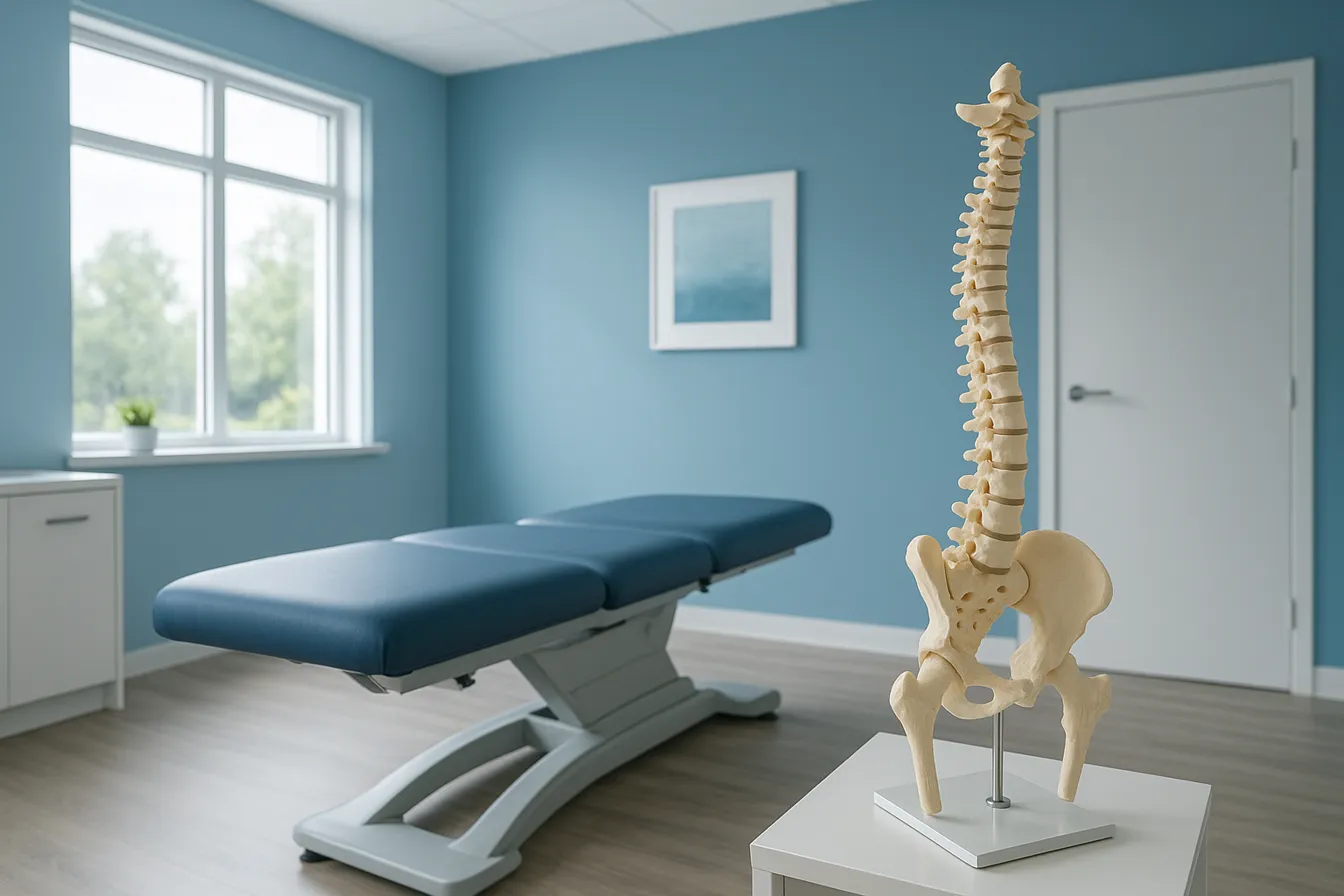
Chiropractic Care: Key Benefits for Managing and Preventing Back Pain
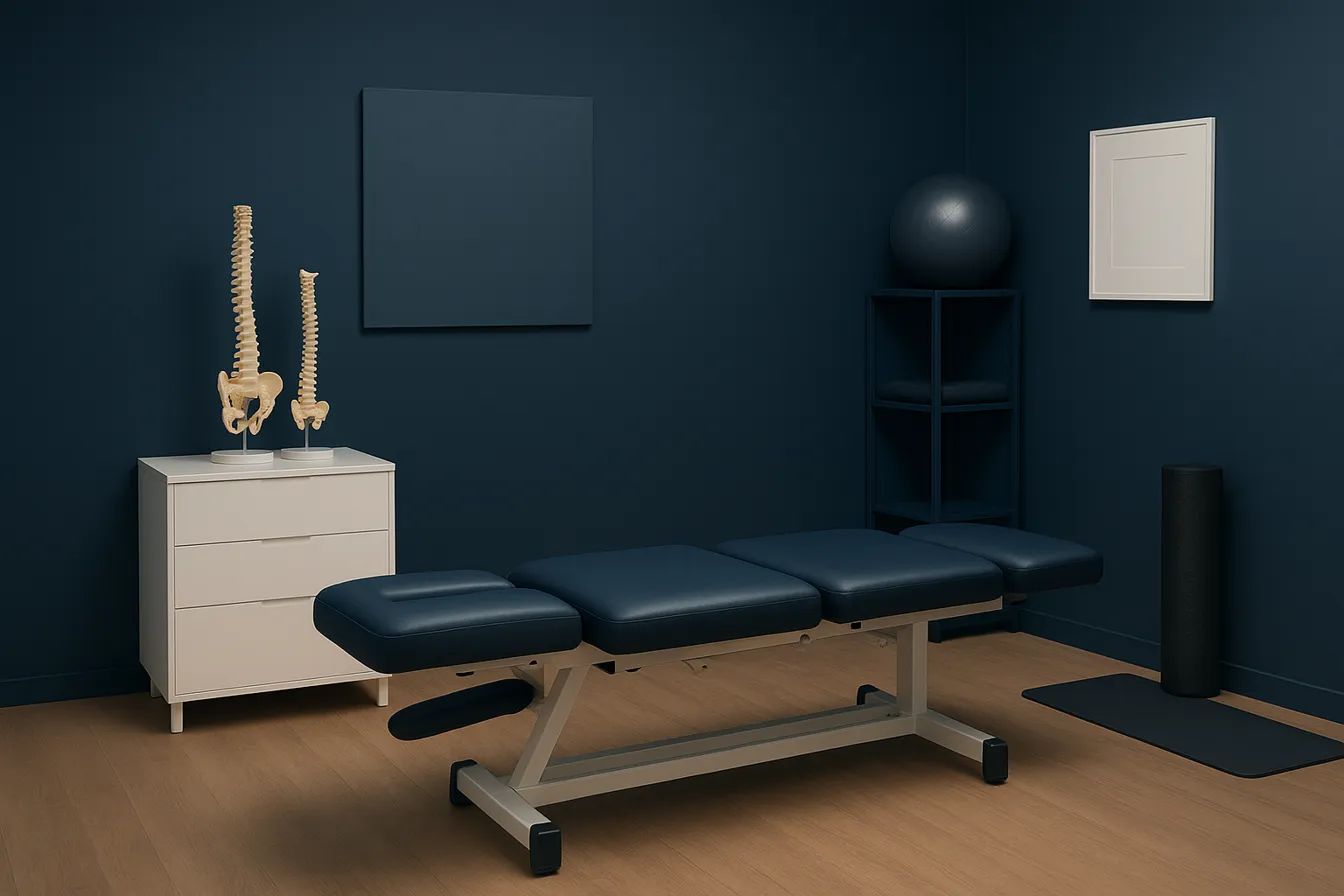
Corrective Exercises That Support Long-Term Relief from Sciatica
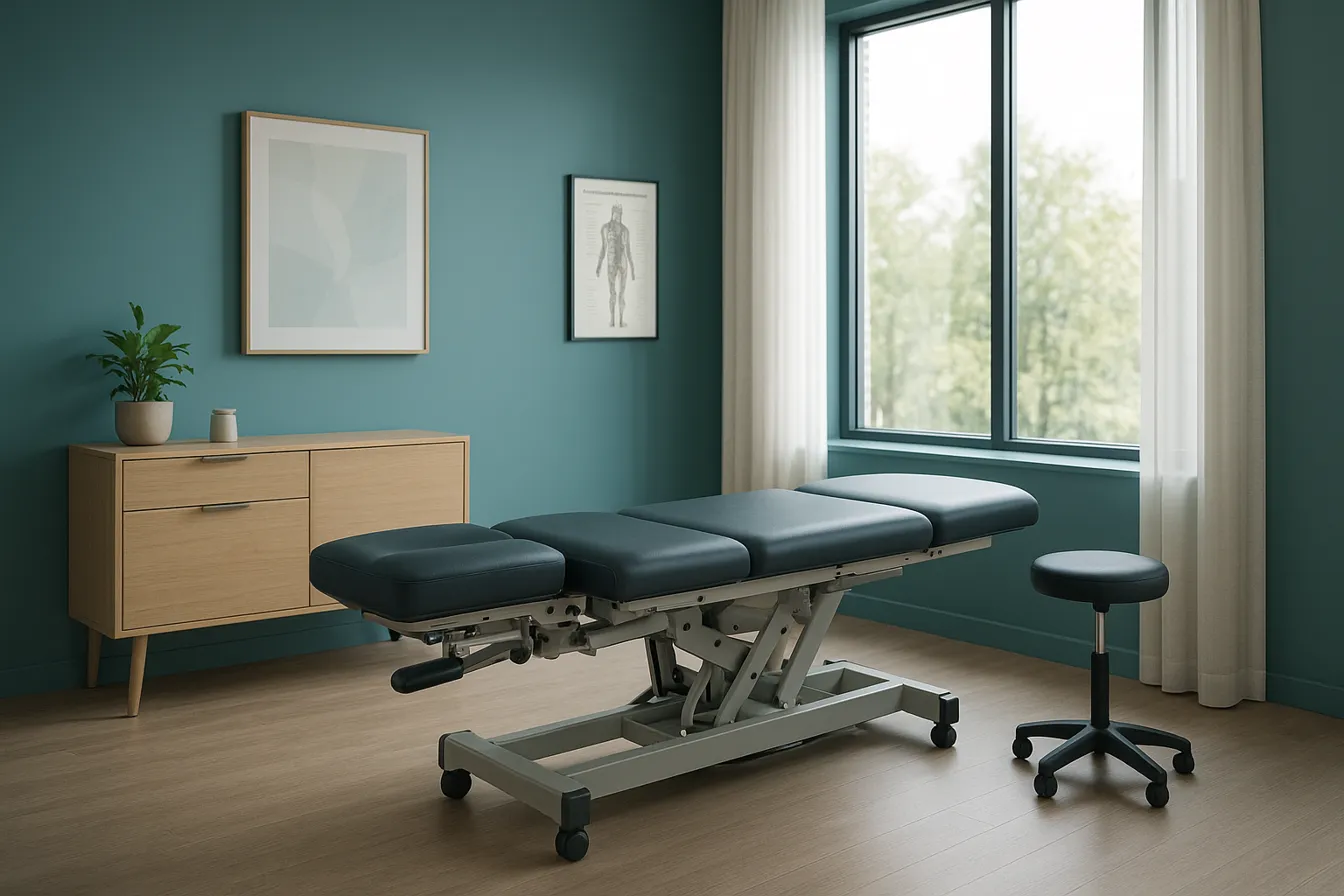
Chiropractic Methods That Provide Lasting Relief from Back Pain

Understanding Spinal Decompression and Its Benefits for Sciatica

Real Patient Testimonials: Success Stories in Chiropractic Care
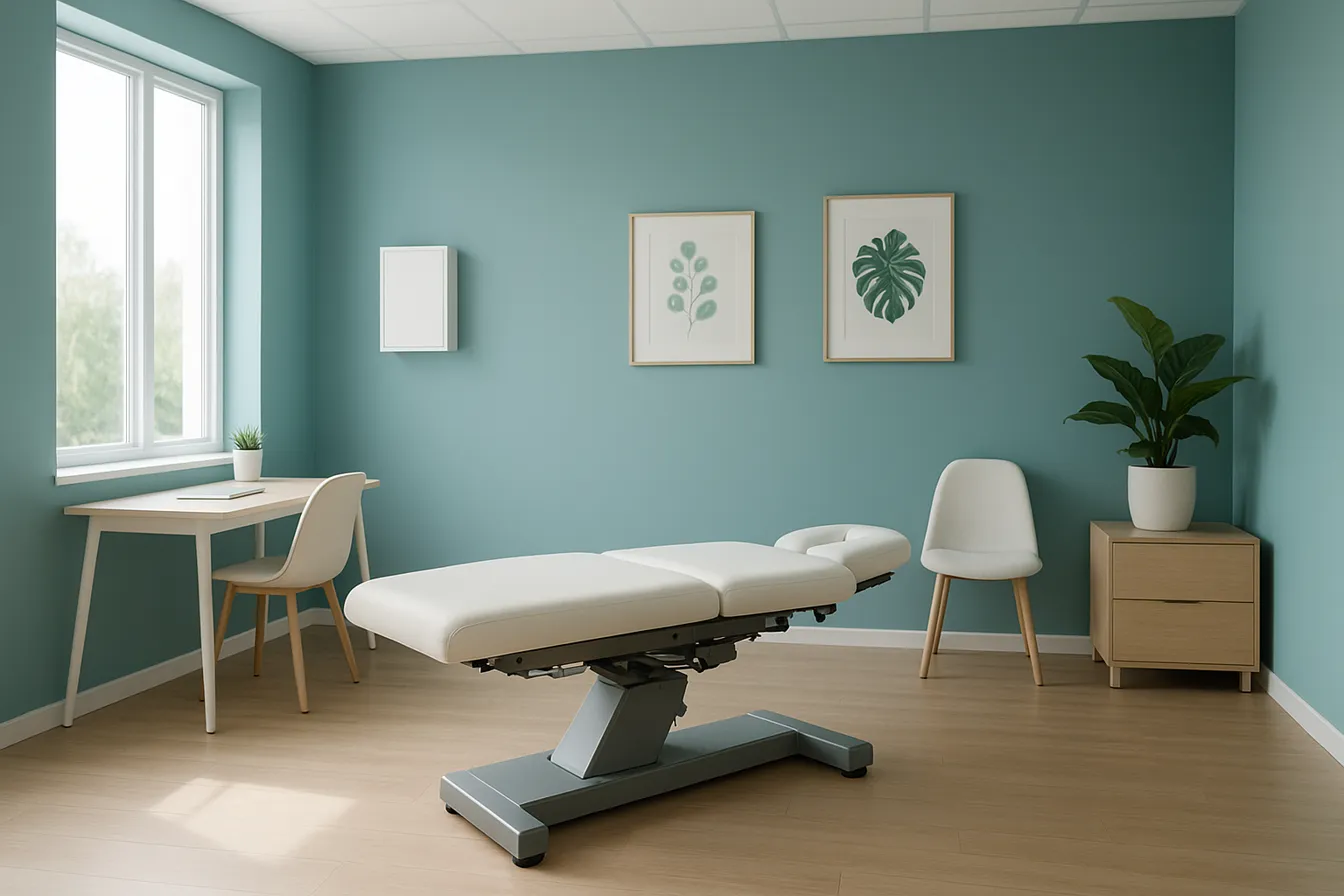
Top Questions to Ask Your Chiropractor During Your Initial Visit

Physiotherapy's Role in Supporting Chiropractic Treatment Plans
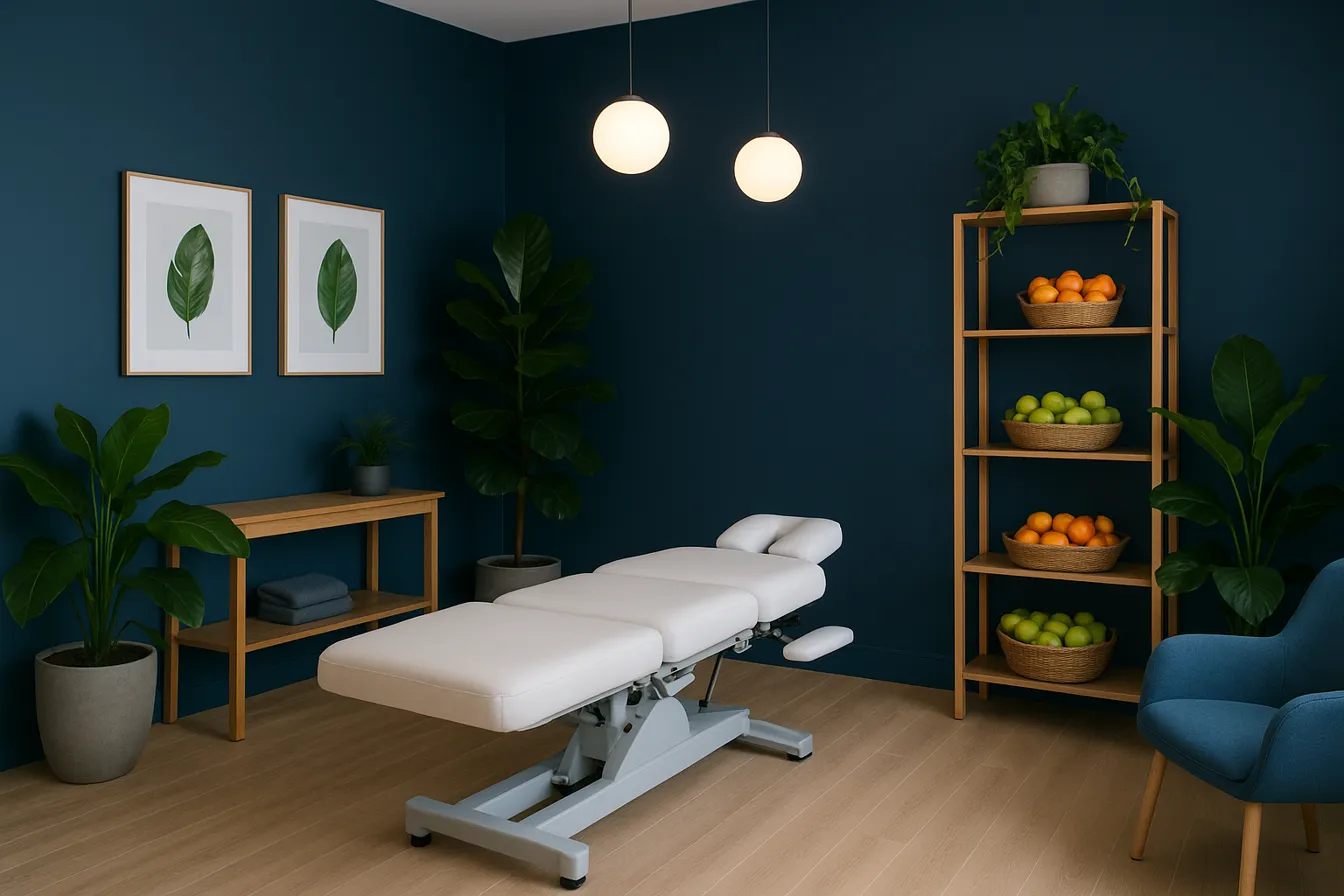
The Role of Diet and Nutrition in Enhancing Wellness and Chiropractic Care

Inspiring Patient Testimonials Highlighting Chiropractic Success

Chiropractic Care: A Natural Solution for Back Pain Relief

Amazing Patient Success Stories in Chiropractic Wellness

Combining Physiotherapy and Chiropractic for Optimal Healing
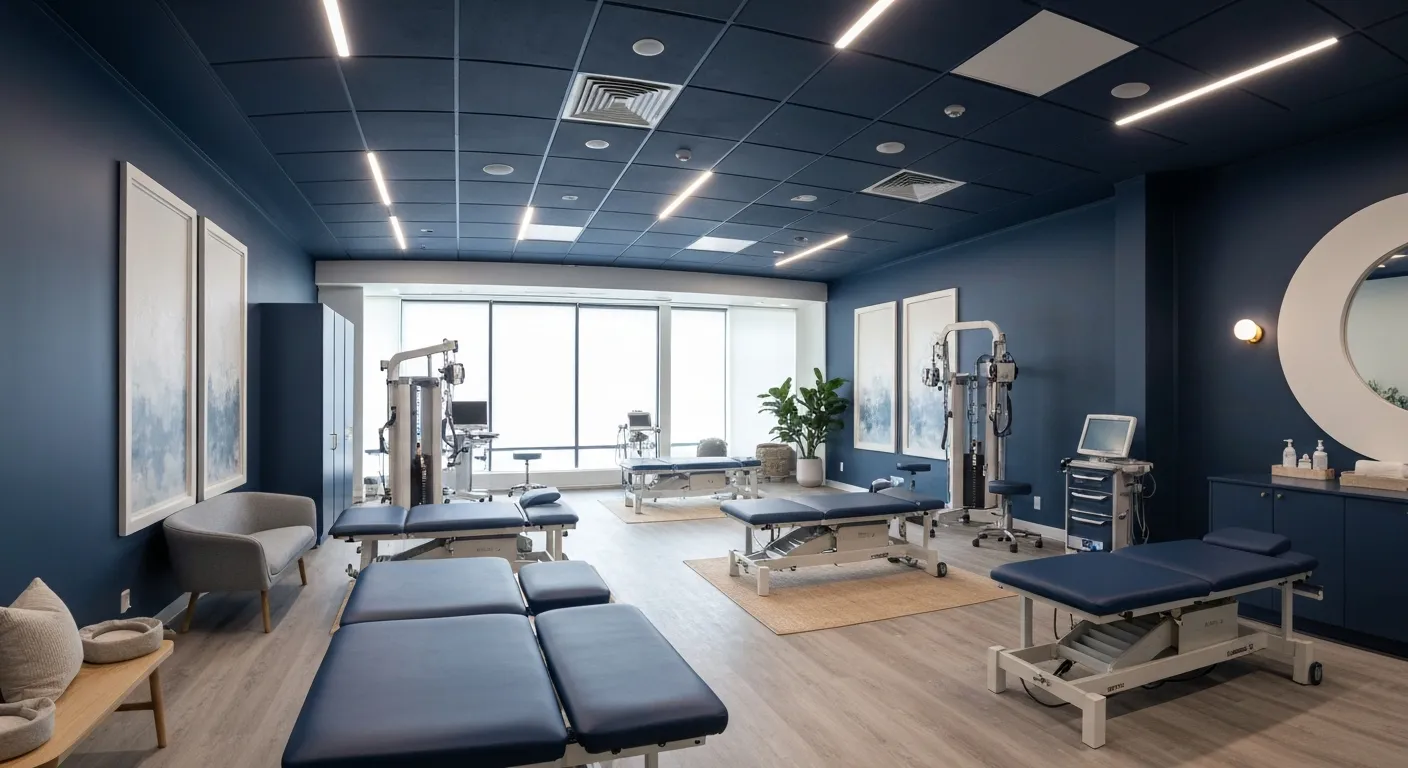
Spinal Decompression Therapy: A Breakthrough for Sciatica Sufferers

5 Holistic Treatments That Complement Chiropractic Care

How Physiotherapy Supports and Enhances Chiropractic Treatment

Root Cause Versus Symptom Treatment: Making the Right Choice
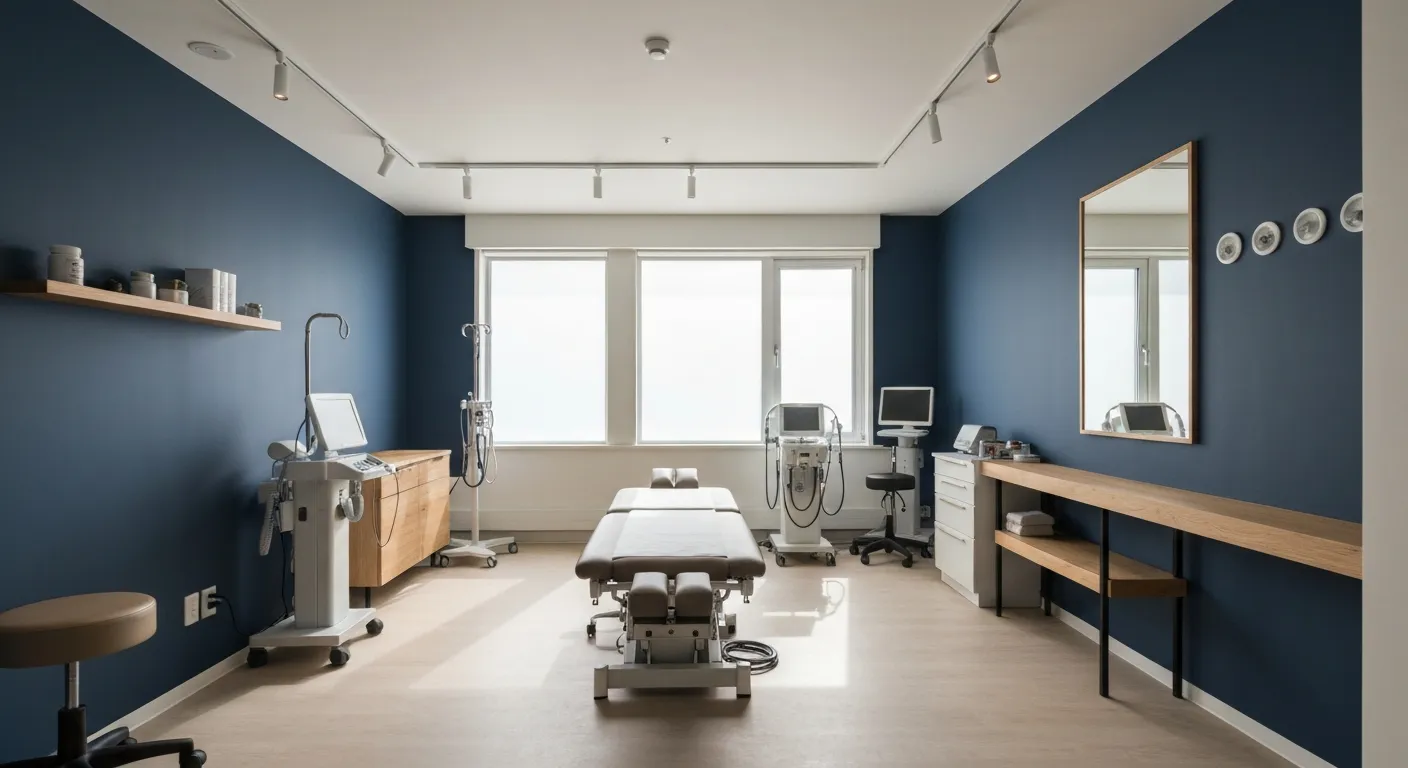
7 Essential Things to Know Before Choosing Your Chiropractor
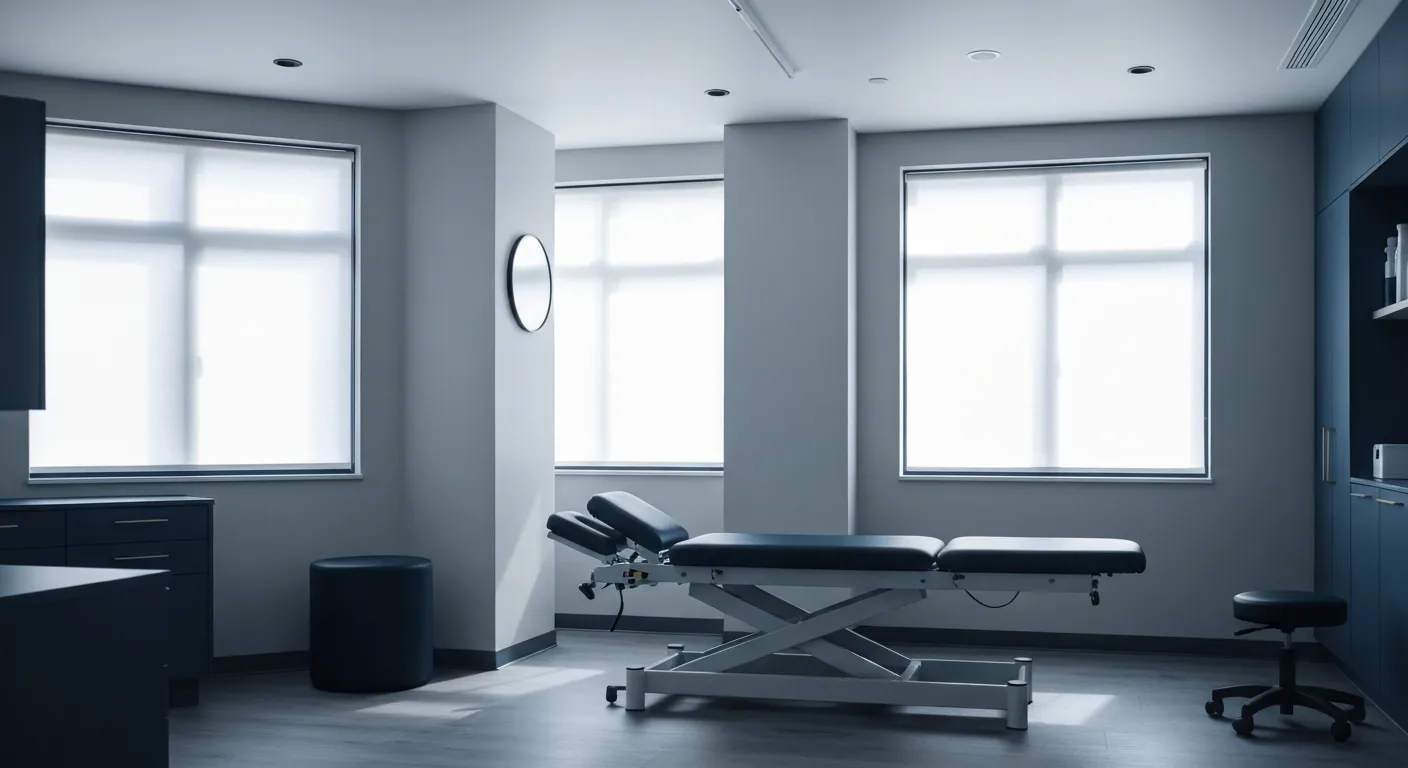
Why Addressing Root Causes of Pain Matters More Than Just Symptoms
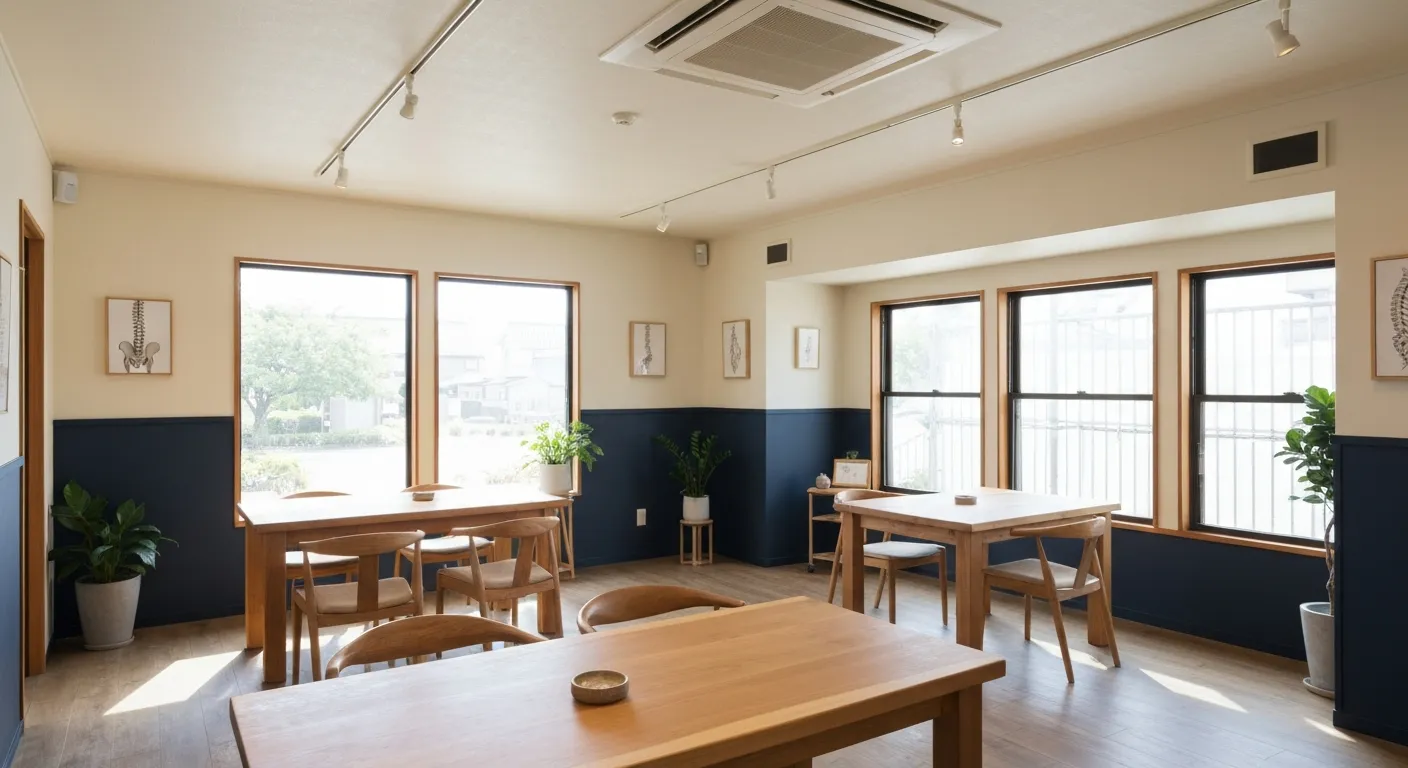
Nutritional Counseling Strategies to Boost Your Overall Wellness

How Spinal Decompression Therapy Alleviates Sciatic Nerve Pain
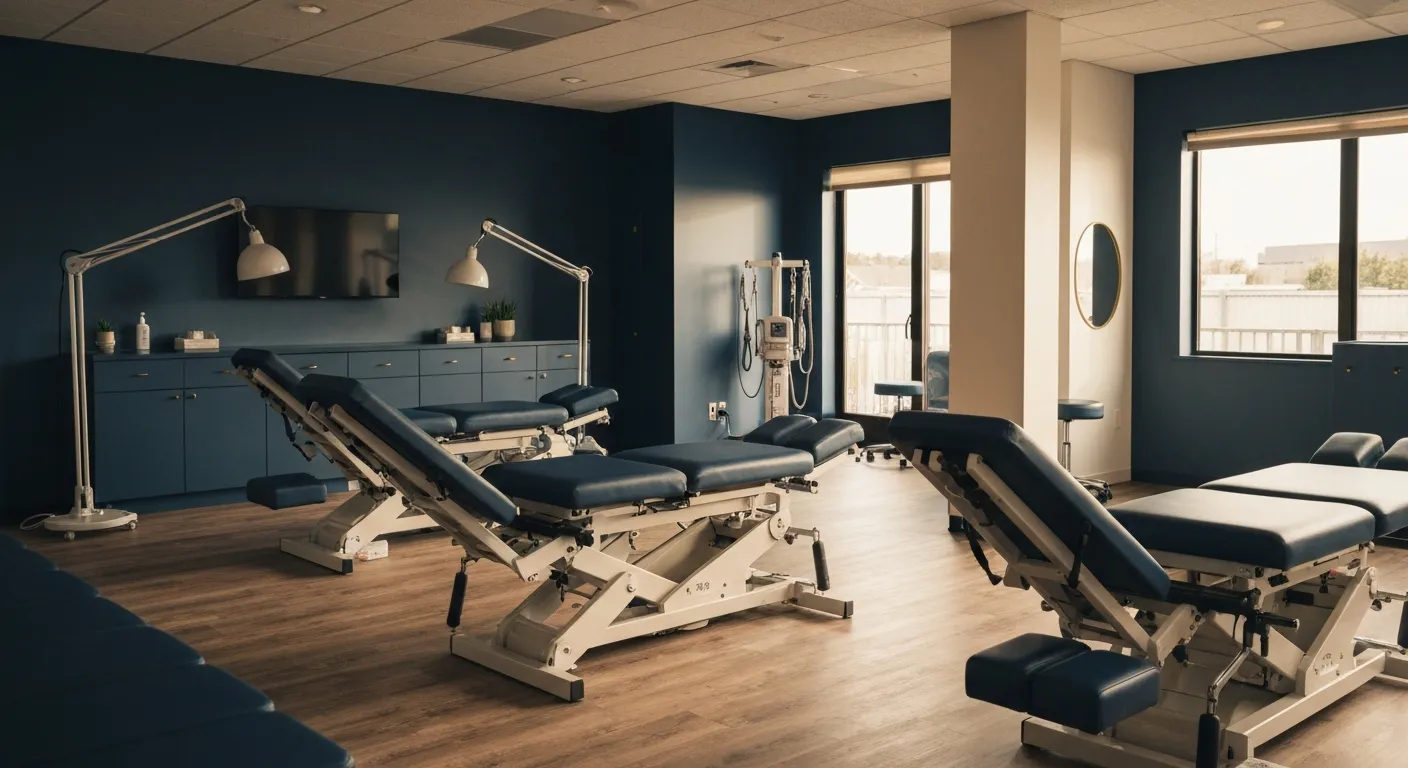
Long-Term Pain Relief Through Targeted Corrective Exercises
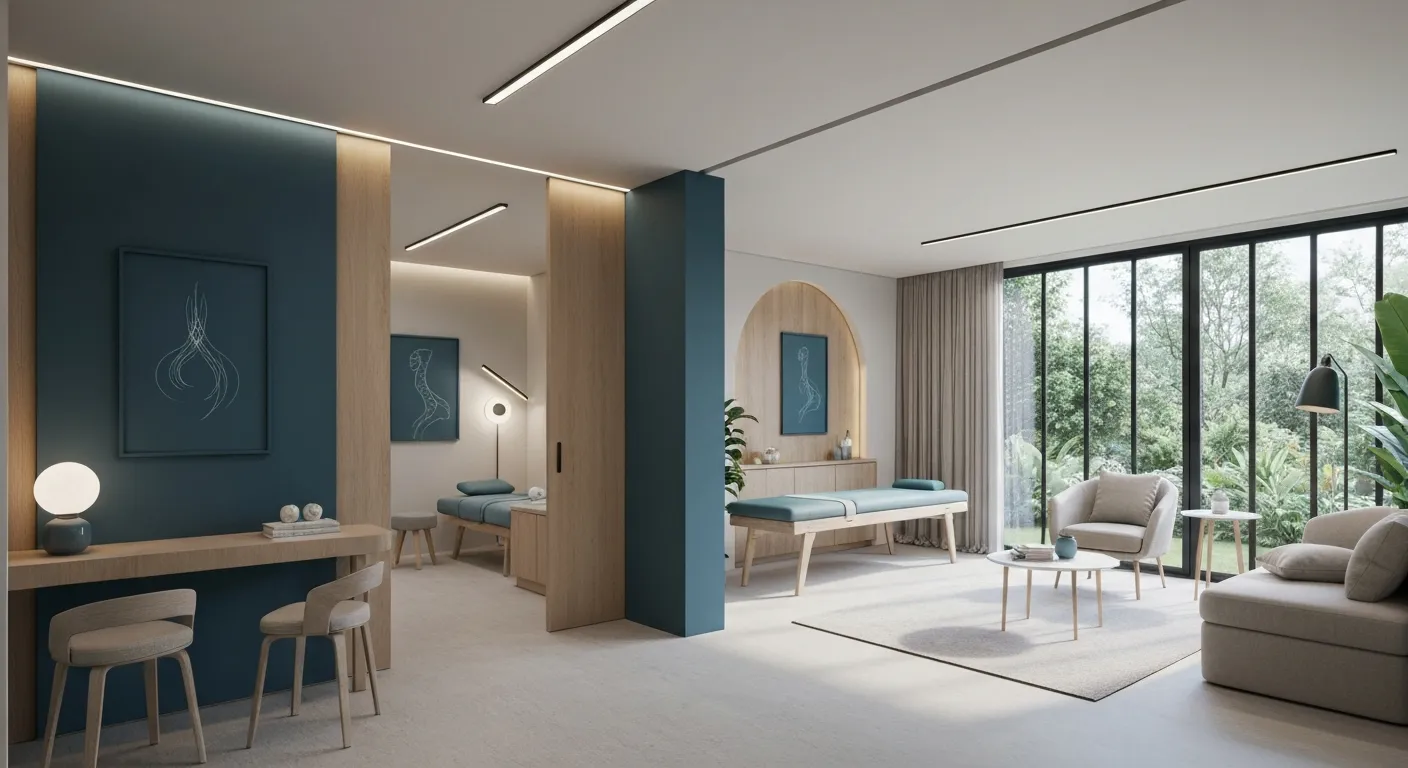
10 Benefits of Integrating Physiotherapy with Chiropractic Treatments

Corrective Exercises That Help Prevent Recurring Pain

8 Corrective Exercises Proven for Lasting Pain Relief

Lifestyle Habits for Maintaining a Healthy Spine

What You Will Experience at Your Initial Chiropractic Visit

What Happens at Your First Visit to a Chiropractor?
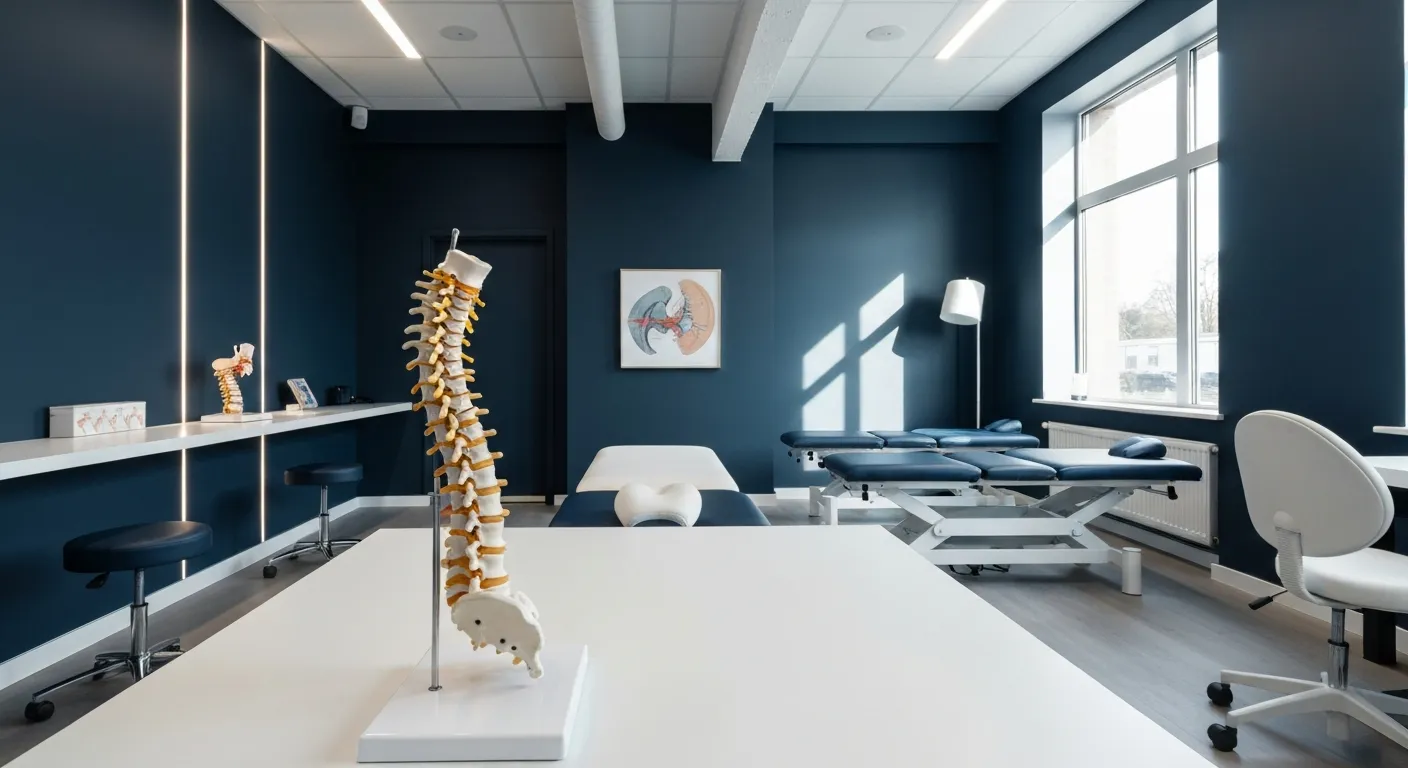
Focusing on Root Cause Analysis for Effective Pain Relief
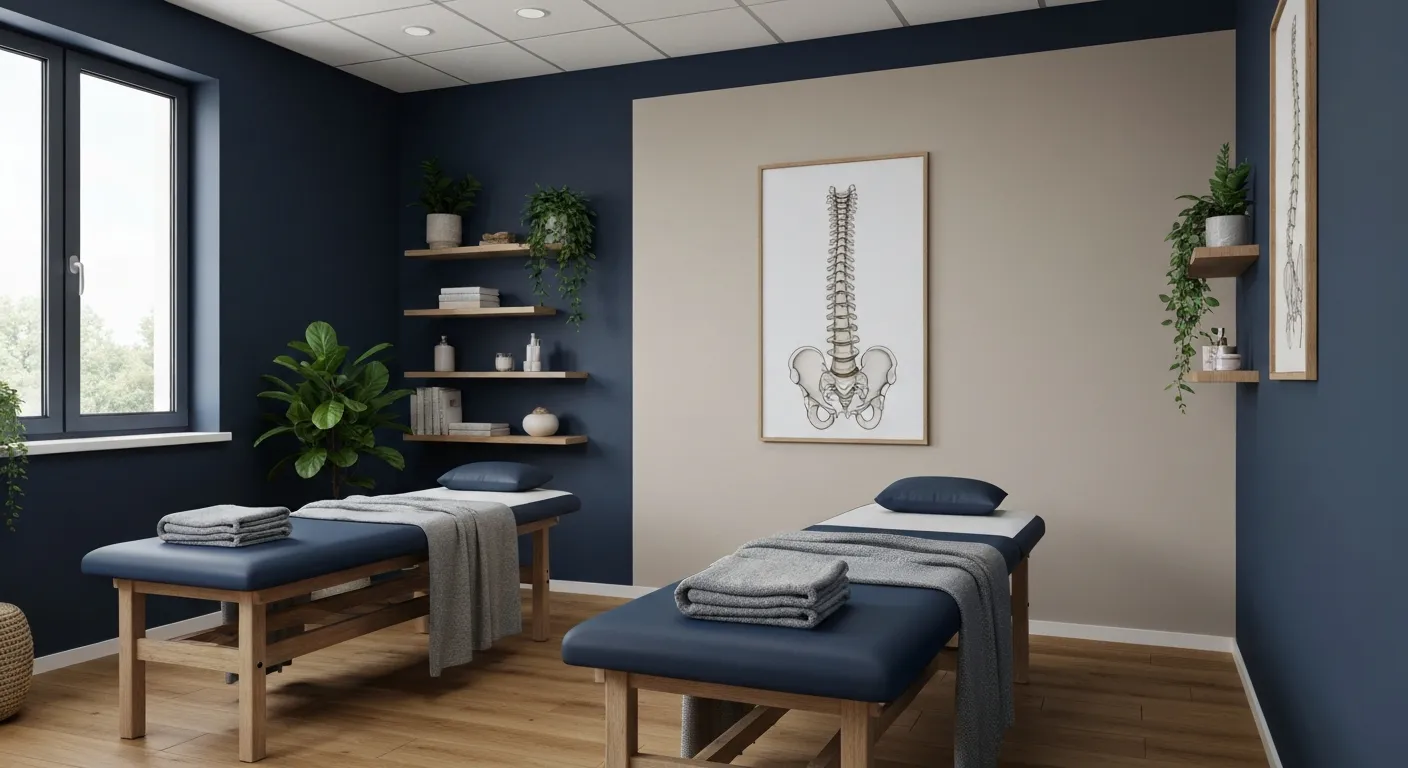
Tips for Lifestyle Changes to Support Spinal Health

Tips for Lifestyle Changes to Support Spinal Health

Holistic Treatment Plans: Alternatives to Surgery for Chronic Pain
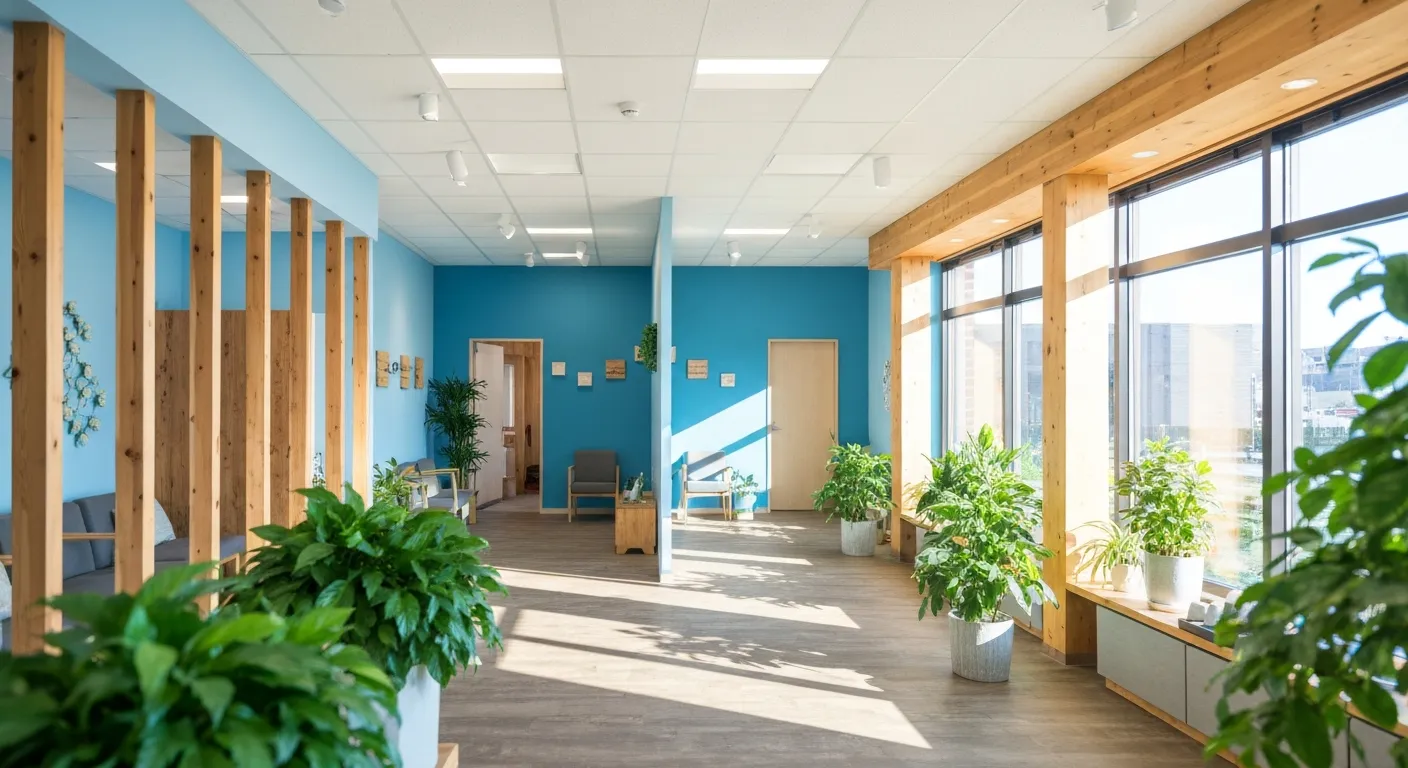
Enhance Wellness Through Personalized Nutritional Counseling

Non-Invasive Pain Relief: Exploring Holistic Treatment Alternatives

Sciatica Relief Through Targeted Spinal Decompression

Integrating Physiotherapy with Chiropractic Treatments for Better Results
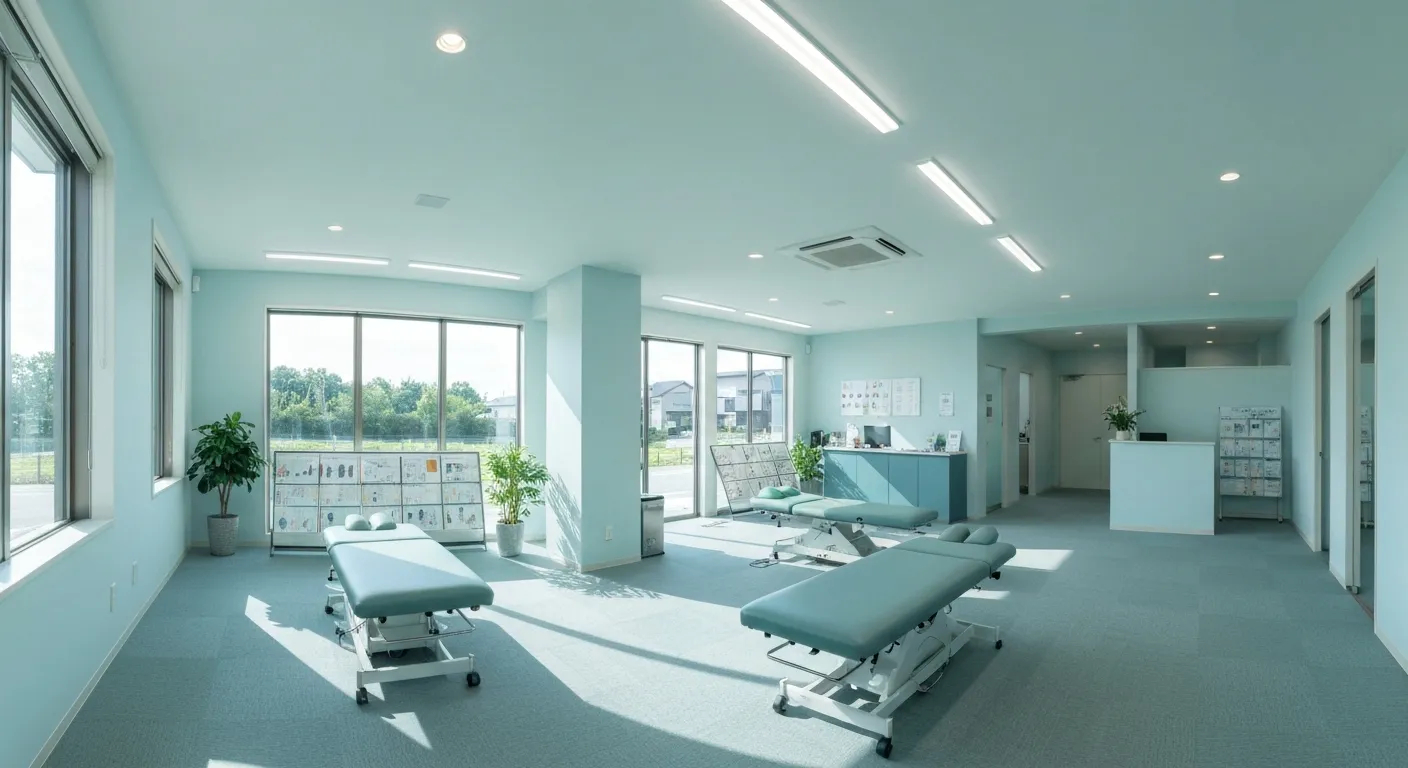
Testimonials That Demonstrate the Benefits of Chiropractic Care

The Power of Corrective Exercises in Pain Management

A Step-by-Step Guide to Your Initial Chiropractic Consultation

9 Nutritional Tips to Enhance Your Chiropractic Wellness Journey

Patient Experiences: How Chiropractic Care Changed Their Lives

Lifestyle Recommendations to Keep Your Spine in Top Shape

Effective Corrective Exercises for Long-Term Pain Relief

Back Pain Benefits: What Chiropractic Care Can Do for You

Spinal Decompression Techniques for Effective Sciatica Relief

Top Nutritional Counseling Tips for Enhanced Wellness

6 Lifestyle Habits That Boost Spine Health Daily

Discover Holistic and Non-Surgical Pain Relief Solutions

Exploring Holistic and Non-Surgical Treatment Options for Pain

The Role of Physiotherapy in Enhancing Chiropractic Care Outcomes

Complementing Chiropractic Care with Physiotherapy: What You Need to Know

What to Expect During Your First Chiropractic Visit

Simple Lifestyle Adjustments to Maintain a Healthy Spine

Personalized Nutritional Counseling for Improved Health Outcomes

Exploring Non-Surgical Treatments for Spine-Related Conditions

An Introduction to Spinal Decompression for Sciatica Patients

Transformative Success Stories: Patient Experiences with Chiropractic Treatments

Why Chiropractic Care Is Essential for Back Pain Relief

Addressing Underlying Causes Versus Symptom Management in Pain Care

The Role of Nutrition in Enhancing Chiropractic Treatment Effectiveness

Sciatica Treatment Options: Is Spinal Decompression Right for You?

Lifestyle Tips to Maintain a Healthy Spine and Prevent Back Issues

The Synergy Between Physiotherapy and Chiropractic Treatments

What Happens During Your Initial Chiropractic Consultation

Effective Corrective Exercises for Sustainable Pain Management

Taking a Root Cause Approach to Chronic Pain Management

Holistic Pain Management Techniques Without Surgery

How Patient Success Stories Validate Chiropractic Care Benefits

Spinal Decompression: Innovative Treatment for Sciatic Nerve Pain

Spinal Decompression Therapy: A Non-Invasive Approach to Sciatica Relief

Exploring Holistic Approaches Beyond Surgery for Pain Relief

Practical Lifestyle Advice to Support a Healthy Spine Every Day

Corrective Exercise Routines Designed for Long-Term Pain Prevention

Real Patient Stories: Overcoming Chronic Pain with Chiropractic Care

Lifestyle Changes That Promote a Healthy Spine and Prevent Injury

How Addressing the Root Cause of Pain Leads to Lasting Relief

Non-Surgical Holistic Therapies to Manage Chronic Pain Effectively

Nutritional Counseling's Impact on Physical Health and Healing

Benefits of Regular Chiropractic Care for a Stronger Back

Your First Chiropractic Visit: What to Expect and How to Prepare

Patient Experiences: How Chiropractic Care Transformed Their Lives

Exploring Holistic, Non-Surgical Options for Pain Management

Combining Physiotherapy with Chiropractic Treatments for Enhanced Recovery

Holistic Treatments That Offer Alternatives to Surgery for Pain Relief

Corrective Exercise Strategies for Long-Term Spine Health

How Physiotherapy Complements Chiropractic Adjustments for Better Outcomes

First-Time Chiropractic Visitors: What You Should Know

Understanding the Importance of Treating Pain at Its Source

Adopting Lifestyle Changes to Support Your Spine's Wellness

Utilizing Physiotherapy to Enhance Chiropractic Treatment Outcomes

The Key Advantages of Chiropractic Care for Back Pain Sufferers

Why Focusing on Root Causes Improves Pain Treatment Success

Corrective Exercises That Promote Lasting Pain Relief and Mobility

Sciatica Relief Through Targeted Spinal Decompression Techniques

Preparing for Your First Chiropractic Appointment with Confidence

Healthy Lifestyle Habits for Maintaining Spinal Alignment

Success Stories Highlighting Chiropractic's Role in Pain Recovery

Top Benefits of Chiropractic Care for Chronic Back Pain

Nutrition Tips to Boost Your Overall Wellness and Recovery

How Chiropractic Care Alleviates Back Pain Naturally

